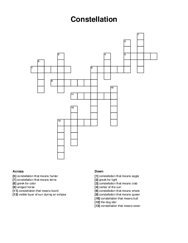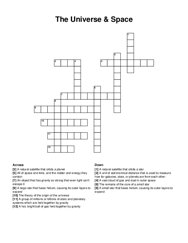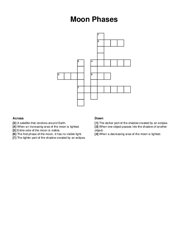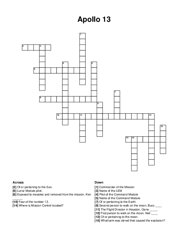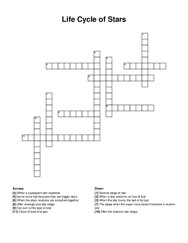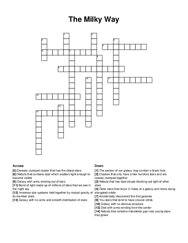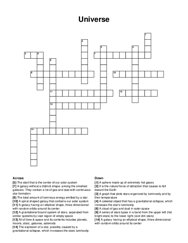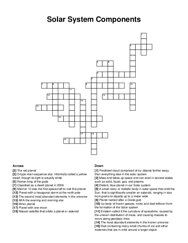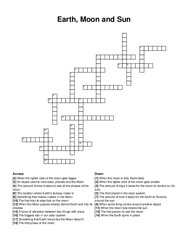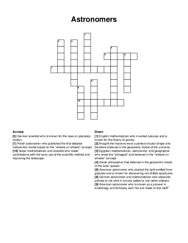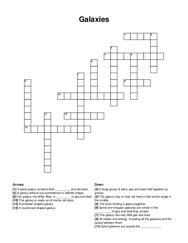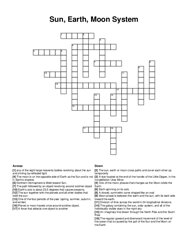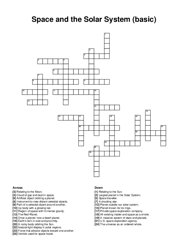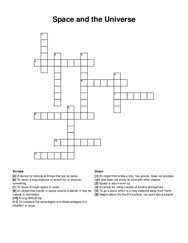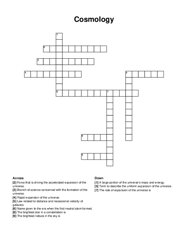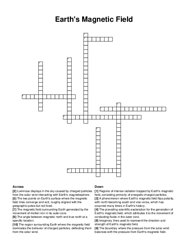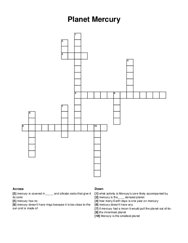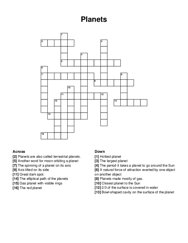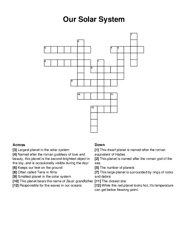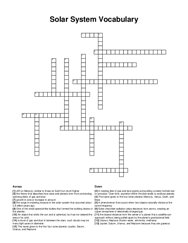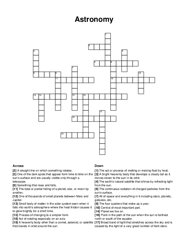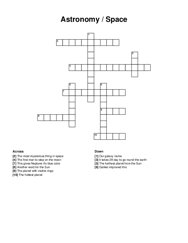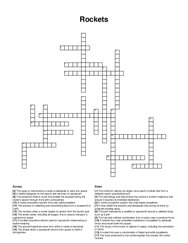Categories
- Agriculture / Farm
- Animals
- Arts / Crafts
- Beauty / Fashion
- Books / Literature
- Business / Finance
- Cities / Places
- Computers / IT
- Ecology / Climate
- Electronics
- Energy / Utilities
- Food / Drinks
- General
- Geography
- Geology
- Health / Fitness
- History
- Home / Garden
- Jobs / Education
- Kids / School
- Law / Government
- Music / Movies / TV
- News / Media
- Occasions
- Christmas
- Easter
- Halloween
- New Year
- Saint Patrick's Day
- Thanksgiving
- Valentine's Day
- Outdoors
- Religion / Belief
- Safety / Prevention
- Science
- Astronomy
- Biology
- Chemistry
- Physics
- Seasonal
- Society / Culture
- Sports
- Tools / Equipment
- Travel / Tourism
- Vehicles
Astronomy Crossword Puzzles
Free printable astronomy crossword puzzles. Download pre-made or create your own Crossword using our crossword maker. Simply download, print and start playing or play online.
You are browsing category Astronomy show all
greek for light, constellation that means bull, visible layer of sun during an eclipse, the dog star, constellation that means hunter, center of the …
an object that has gravity so strong that even light can't escape it, a group of millions or billions of stars and planetary systems which are …
the lighter part of the shadow created by an eclipse, the first phase of the moon, it has no visible light, entire side of the moon is visible, when a …
object is furthest from the sun, a cloud of dust and gas, a large collection of stars, gas, and dust that is held together by gravity, the inward …
fear of the number 13, where is mission control located?, of or pertaining to the sun, of or pertaining to the earth, the flight director in houston, …
when the star burns the last of its fuel, our sun is this type of star, when the stars neutrons are smashed together, the stage when the super nova …
immense star systems held together by mutual gravity of its member stars, nebula that contains dust which scatters light enough to become visible, the …
a graph that plots stars organized by luminosity and by their temperature, a sphere made up of extremely hot gases, a cloud of gas and dust in outer …
icy body of frozen gasses, rocks and dust leftover from the formation of the solar system, minor planet, the most abundant elements in the known …
when the moon fully blocks the sun, the amount of time it takes for the earth to revolve around the sun, when the moon is fully illuminated, the …
greek philosopher that believed in the geocentric model of the solar system, egyptian mathematician, astronomer, and geographer who wrote the …
spiral galaxies are usually the _ , the force holding a galaxy together, a spiral galaxy contains both _ and old stars, this galaxy has very little …
a star located at the end of the handle of the little dipper, in the constellation ursa minor, northern hemisphere is tilted toward sun, one of the …
space traveller, a massive system of stars and planets, instrument to view distant celestial objects, the red planet, artificial object orbiting a …
to compare the advantages and disadvantages of a situation or issue, to travel a long distance to search for or discover something, an object that …
has a mass of only between 1.35 and about 2.1 times that of our sun, it is 60,000 times smaller than the sun, "failed stars", which form …
a large portion of the universe's mass and energy, term to describe the uniform expansion of the universe, rapid expansion of the universe, the …
the closest galaxy to the earth, the strongest material in the known universe, the largest zodiac constellation, and the 2nd largest constellation …
this is dark during a lunar eclipse, getting smaller, the moon takes 27 days to _ around the earth, the quarter of the moon when it is light on the …
the region surrounding earth where the magnetic field dominates the behavior of charged particles, deflecting them from the solar wind, the magnetic …
the moon block the light from the sun reaching the earth (order s.m.e.), the earth block the light from the sun reaching the moon (order s.e.m.), the …
the cloud of dust and gas that the solar system came from, the space a object takes up, the closest star to the solar system besides the sun, the …
the innermost planet, mercury is the smallest planet, mercury doesn't have any, how many earth days is one year on mercury, mercury has no-, …
another word for moon orbiting a planet, the spinning of a planet on its axis, axis tilted on its side, the largest planet, planets made mostly of …
this large planet is surrounded by rings of rocks and debris, the closest star, this planet is named after the roman god of the sea, named after the …
growth in size or increase in amount, the name given to the first four outer planets: jupiter, saturn, uranus, and neptune, uranus, neptune (frozen …
point in the path of the sun when the sun is farthest north or south of the equator, small body of matter in the solar system seen when it falls into …
the furthest planet from the sun, our galaxy name, it takes 28 day to go round the earth, the planet with visible rings, this gives neptune it's …
things in motion tend to stay in motion, it takes the earth a full year to do complete this motion, a shooting star headed towards the earth, …
the moment when a rocket begins its ascent from the launch pad, the process of collecting and transmitting data from a spacecraft to earth, the …
